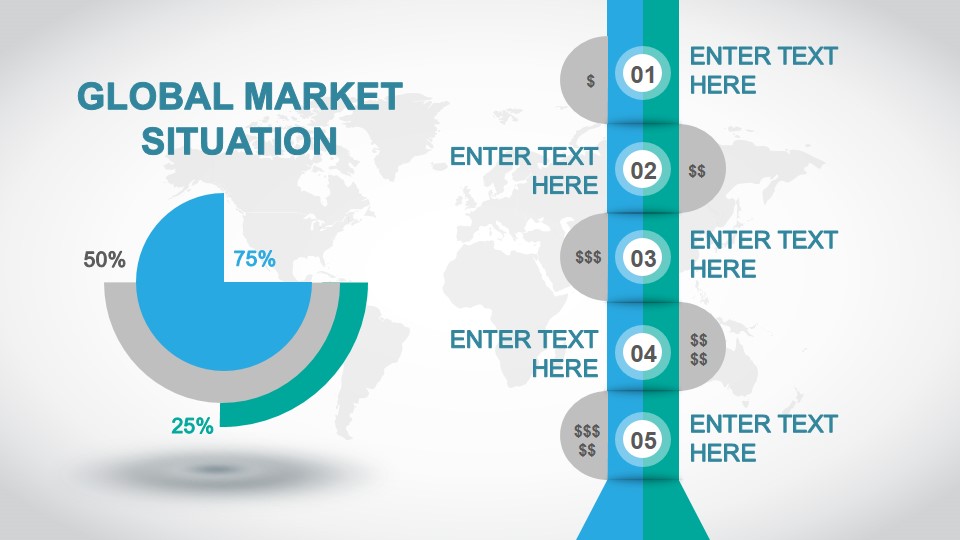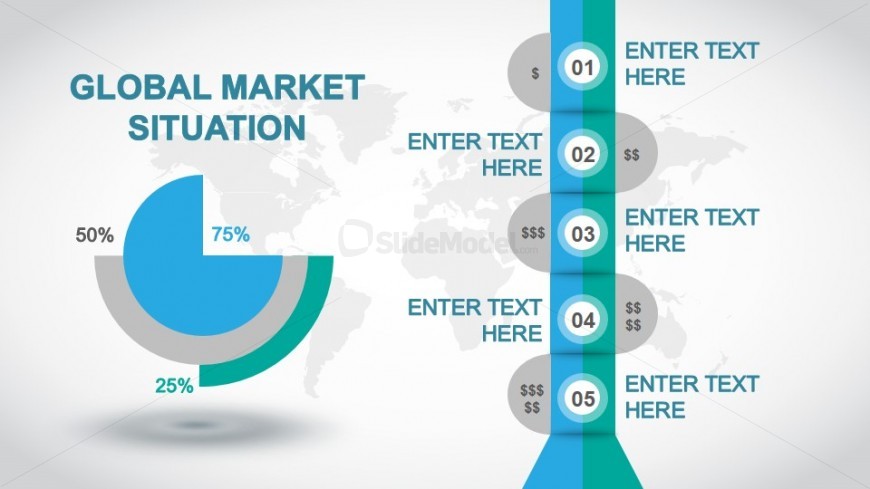Table Of Content
External analysis involves assessing the broader business environment, including market dynamics, competitive forces, regulatory factors, and societal trends. As you gather relevant data for your situational analysis, consider leveraging innovative tools like Appinio for comprehensive data collection. With its user-friendly interface and powerful analytics capabilities, Appinio streamlines the process of gathering insights from your target audience. For this reason, during the Define stage designers seek to define the problem, and will generally ask why. Designers will use why to progress to the top of the so-called Why-How Ladder where the ultimate aim is to find out how you can solve one or more problems. Your How Might We questions will help you move from the Define stage and into the next stage in Design Thinking, the Ideation stage, where you start looking for specific innovative solutions.
What Is Empathy and Why Is It So Important in Design Thinking?
UNRWA Gaza Situation Report (Issue No. 183) - Question of Palestine - Welcome to the United Nations
UNRWA Gaza Situation Report (Issue No. - Question of Palestine.
Posted: Sun, 07 Jul 2019 00:41:41 GMT [source]
Synthesis, on the other hand, involves creatively piecing the puzzle together to form whole ideas. This happens during the Define stage when we organise, interpret, and make sense of the data we have gathered to create a problem statement. The design sprint is Google Ventures’ version of the design thinking process, structured to fit the design process in 1 week. The design sprint is a very structured version of design thinking that fits into the timeline of a sprint (a sprint is a short timeframe in which agile teams work to produce deliverables). A design sprint is a 5-day intensive workshop where cross-functional teams aim to develop innovative solutions. Teams often use design thinking and agile methodologies in project management, product development, and software development.
Better luck next time!
When conducting interviews, prepare a list of questions in advance, but be flexible and responsive to the interviewee's responses. Use active listening techniques to engage with the interviewee and encourage them to share their perspectives and experiences. The HMW questions open up to Ideation sessions where you explore ideas, which can help you solve your design challenge in an innovative way.
Design Thinking Mindsets: More than a Process
Now that all the customer-facing stages are complete, the team gathers to understand the results of the Targeted as well as the Deep Research. The resulting information is then synced into yet another document for all to have access during the designing process. Now that we know the importance of a design situation, let us go ahead and decipher how to precisely model a situation such that the resultant design is based on a significant chunk of relevant information. As you might have understood, one of the most prominent aspects of a streamlined design situation involves the study of the environment – whether on the ground or online – where the design will supposedly be used. The Cambridge Dictionary defines ‘situation’ as the set of things that are happening and the conditions that exist at a particular time and place. In simpler words, a situation is a real-world circumstance in the context of a specific event.
The 5 Stages in the Design Thinking Process
As we continue to navigate complex challenges in an ever-changing world, situational design stands as a powerful framework for innovation and positive change, shaping a future that is both responsive and resilient. Overall, situational design offers a versatile and adaptable approach to designing solutions that are highly relevant, effective, and meaningful within specific contexts. By prioritizing user needs and contextual factors, designers can create designs that optimize user experiences, promote well-being, and contribute to positive social outcomes across a wide range of applications. This method acknowledges that different situations call for different solutions, and seeks to create highly relevant and effective designs within their specific contexts. In summary, while situational design focuses on tailoring designs to fit specific contexts or situations, design situation refers to the problem or challenge that designers must address within a particular project.

Not only will it help the client to understand the design intent better, but will also ensure that the designing process is aided by these insights. Tailor design principles and best practices to align with the specific requirements of the situation. Consider factors such as accessibility, usability, aesthetics, and functionality, and prioritize those that are most relevant to the context and user needs. Identify the needs, goals, and preferences of the users who will interact with your design within the given context. Use techniques such as user personas, journey mapping, and empathy mapping to develop a deep understanding of user motivations and behaviors.

Stage 1 in the Design Thinking Process: Empathise with Your Users
Should we give special attention only to medical patients or design for people in other situations/ conditions, such as immigrants as well? Furthermore, while designers and indeed the entire industry have started to work together following the principles of inclusive design, a reframing of the term is needed. In this paper, we present an alternative concept to continue the legacy of inclusive design, one that is more suited to the challenges we face in the coming years. In this course, a methodology to tackle these projects is implemented and various design partners are contacted and integrated into the design process. Eventually, the culmination of these efforts leads to a characterization of the design situation in order to further develop the relevant solution.
Impact on Design
A POV involves reframing a design challenge into an actionable problem statement. You articulate a POV by combining your knowledge about the user you are designing for, his or her needs and the insights which you’ve come to know in your research or Empathise mode. Your POV should be an actionable problem statement that will drive the rest of your design work. That means that design thinking is not only for designers but also for creative employees, freelancers, and business leaders. Design Thinking is not exclusive to designers—all great innovators in literature, art, music, science, engineering and business have practiced it. Well, that’s because design work processes help us systematically extract, teach, learn and apply human-centered techniques to solve problems in a creative and innovative way—in our designs, businesses, countries and lives.
External Analysis
This includes the mastery of tools, techniques, and materials, as well as the ability to implement and execute design ideas effectively. Global design leaders and consultants have interpreted the abstract design process in different ways and have proposed other frameworks of design thinking. The five-stage design thinking methodology described above is just one of several frameworks. The team produces inexpensive, scaled-down versions of the product (or specific features found within the product) to investigate the ideas.
Juggling multiple tasks, clients and responsibilities, she is the all-rounder marketing girl! In her off time, you can find this multi-tasker cooking in the kitchen and reading growth hack books simultaneously. Creating community resilience centers that serve as multipurpose facilities capable of responding to a wide range of emergencies and disasters.
Therefore, by defining the broader term of design situation we wish to incorporate the various design ideologies, setting a target for socio-political design both in pedagogy, as well as in practice. In environmental design, situational design focuses on creating built environments that enhance the quality of life and support diverse human activities. Designers consider factors such as spatial layout, accessibility, and aesthetics to design spaces that are functional, aesthetically pleasing, and responsive to the needs of users within specific contexts.
No comments:
Post a Comment